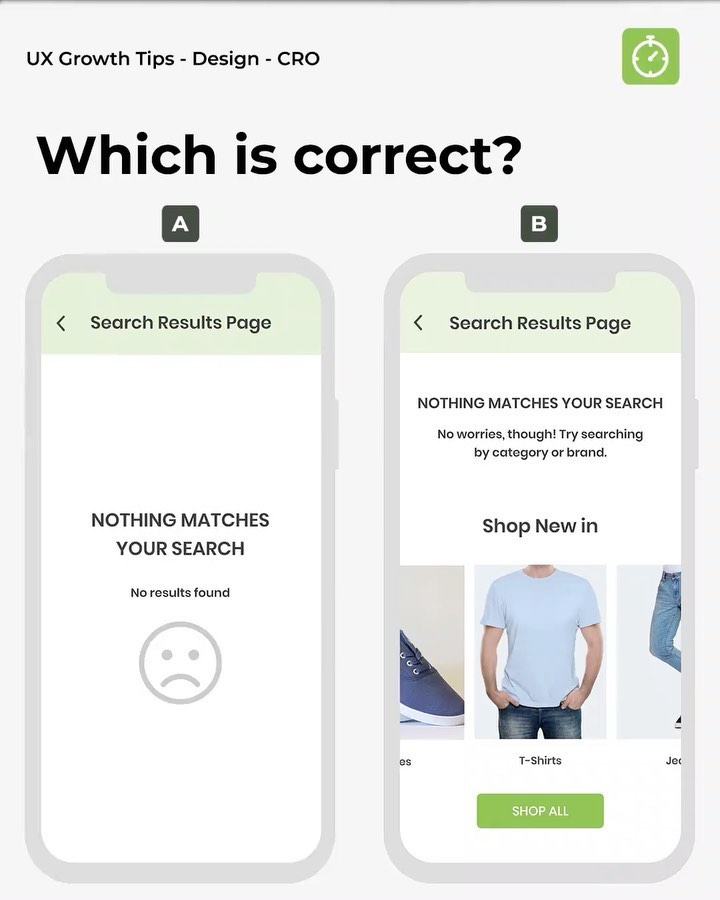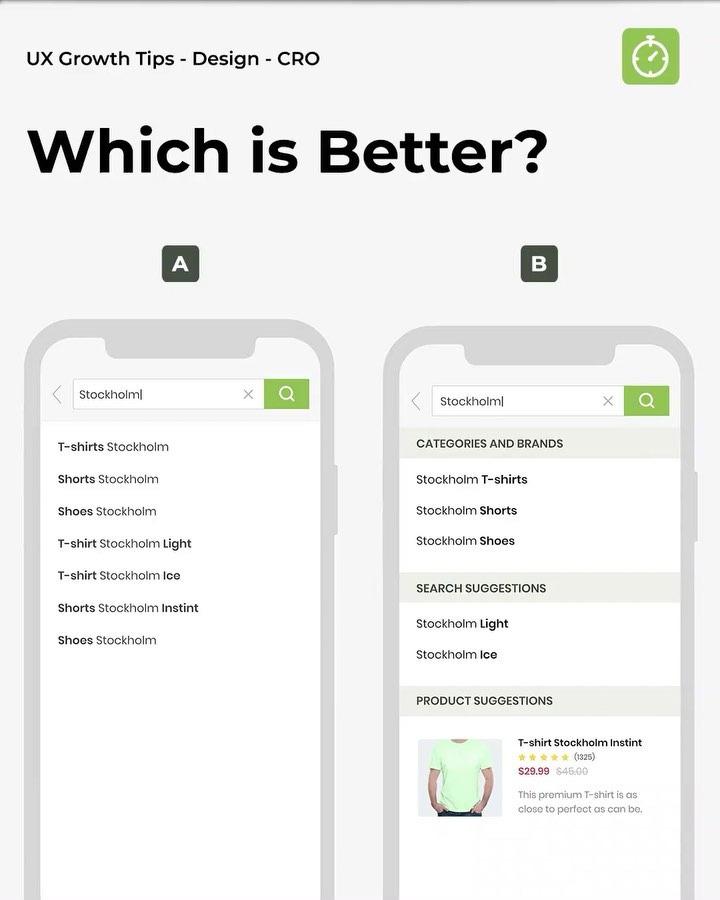The comparison between Amazon and eBay's UI for product filters showcases distinct approaches in filtering processes. Amazon emphasizes simplicity and a wide range of filter options, while eBay focuses on specific category filters based on product descriptions. Amazon offers a clear layout for easy filter selection and instant result updates, with up to 21 filter options, including delivery, price, and brand filters. On the other hand, eBay's strategy revolves around category-specific filters that enable users to refine searches based on specific product attributes, enhancing the search for unique or hard-to-find products.
Importance of User Interface in Product Filters
The user interface plays a crucial role in enhancing the shopping experience by providing efficient product filtering options. User experience in online shopping is greatly influenced by the ease of navigating and selecting products through filters. A user-friendly interface ensures a seamless and enjoyable shopping journey, leading to increased customer satisfaction and retention.
User Experience in Online Shopping
- Smooth navigation enhances user engagement.
- Efficient filtering process saves time and effort.
Significance of Efficient Filtering Process
- Customers appreciate quick access to relevant products.
- Streamlined filtering leads to higher conversion rates.
Comparison of Product Filtering Options on Amazon and eBay
Amazon's Filtering Categories and Options
Delivery and Shipping Filters
- Various delivery options cater to diverse needs.
- Shipping filters ensure timely product arrival.
Price Range Filters
- Flexible price ranges allow budget-friendly choices.
- Price filters help users find products within their desired budget.
eBay's Specific Category Filters
Description-Based Filters
- Filters based on product descriptions enhance search precision.
- Category-specific filters enable users to find unique products.
Comparison of Product Filtering Options on Amazon and eBay
Amazon's Filtering Categories and Options
Amazon provides a variety of filtering options to enhance user search experience. These options are designed to help users narrow down their search results quickly and efficiently.
Delivery and Shipping Filters
- Users can filter products based on delivery options such as Prime, same-day delivery, or free shipping.
- Filtering by shipping speed ensures users receive their items within the desired timeframe.
Price Range Filters
- Users can set price ranges to find products within their budget, making the shopping experience more personalized.
- Filtering by price helps users avoid products outside their desired price range.
eBay's Specific Category Filters
eBay focuses on providing specific category filters that allow users to refine their searches based on product attributes. These filters are tailored to meet the needs of users looking for unique and hard-to-find items.
Description-Based Filters
- Users can filter products based on specific descriptions, making it easier to find products with specific features.
- Description-based filters help users locate products that match their exact requirements.
Comparison Overview
Amazon offers a wide range of filters, including delivery, price, and brand filters, providing users with extensive options to refine their search results. On the other hand, eBay's focus on category-specific filters allows users to search for products based on detailed descriptions and attributes, making it a valuable platform for finding unique items.
Both Amazon and eBay provide effective filtering options, catering to different user preferences and search requirements. The decision between the two platforms ultimately depends on the user's specific needs and the type of product they are searching for.
User-Friendly Interface of Amazon for Product Filters
When it comes to user experience, Amazon excels in providing a seamless interface for product filters. Let's explore how Amazon's system enhances the filtering process and makes product searching more efficient for users.
Ease of Use in Selecting Multiple Filters
Amazon's user-friendly interface allows customers to easily select multiple filters simultaneously. This feature enables users to narrow down their search criteria with precision, ensuring they find the exact products they are looking for.
Instantly Updated Search Results
One of the key advantages of Amazon's interface is the instant updating of search results. As users apply filters, the search results refresh in real-time, providing immediate feedback on how the applied filters are impacting the product listings. This real-time update ensures a dynamic and responsive user experience.
eBay's Strategy for Detailed Product Filtering
eBay's approach to detailed product filtering focuses on leveraging description-based and attribute-specific filters to enhance the user experience and streamline the search process.
eBay's Description and Attribute-Based Filters
- Description-Based Filters: eBay's filters are designed to sift through product descriptions, allowing users to narrow down search results based on specific keywords or features.
- Attribute-Based Filters: By emphasizing product attributes, eBay enables users to refine searches based on unique product characteristics, aiding in the discovery of niche or hard-to-find items.
Detailed Comparison of Filter Options
When comparing the filter options of Amazon and eBay, it's important to delve into the specific criteria each platform offers for refining product searches. Let's explore in detail:
Amazon's Wide Range of Filtering Criteria
- Brand Filters
- Delivery Time Filters
eBay's Description and Attribute-Based Filters
eBay takes a different approach by focusing on filters that are more description and attribute-based. This strategy allows users to refine their search based on unique product characteristics.
Individual User Preferences in Filter Usage
When it comes to using product filters on e-commerce platforms like Amazon and eBay, individual user preferences play a crucial role in enhancing the overall shopping experience. Taking into account the specific needs and preferences of each user can greatly improve the efficiency and effectiveness of the filtering process. Let's delve into some key factors that influence individual user preferences in filter usage:
Type of Product Searching
- The type of product a user is searching for can influence the filters they prioritize. For example, someone looking for clothing may focus on size and color filters, while a tech enthusiast may prioritize brand and technical specifications.
- Understanding the user's intent behind the search can help tailor filter options to align with their specific requirements, ultimately enhancing the relevance of search results.
User's Navigational Preferences
- Some users prefer a streamlined browsing experience with minimal filters, allowing them to quickly scan through products. On the other hand, detail-oriented users may appreciate a wide range of filter options to narrow down their search.
- Personalized browsing experiences that cater to individual navigational preferences can significantly impact user satisfaction and ultimately drive conversion rates.
Decision-Making Factors Between Amazon and eBay for Filter Usage
Type of Product Searching
When deciding between Amazon and eBay for filter usage, the type of product being searched for plays a crucial role. Amazon's wide range of filtering criteria, including brand and delivery time filters, makes it ideal for users seeking specific branded products with convenient delivery options.
On the other hand, eBay's description and attribute-based filters are more suitable for users looking for unique or hard-to-find items that may not be readily available on other platforms. The category-specific filters on eBay allow for a more targeted search based on the specific attributes of the product.
User's Navigational Preferences
Another important factor to consider when choosing between Amazon and eBay for filter usage is the user's navigational preferences. Amazon's user-friendly interface, with the ability to select multiple filters simultaneously and instantly see updated search results, caters to users who prefer a streamlined and efficient search process.
However, users who prefer a more detailed and specific search experience may find eBay's strategy of focusing on product attributes and offering description-based filters more appealing. eBay's filters allow for a more precise refinement of search results based on unique product characteristics.



